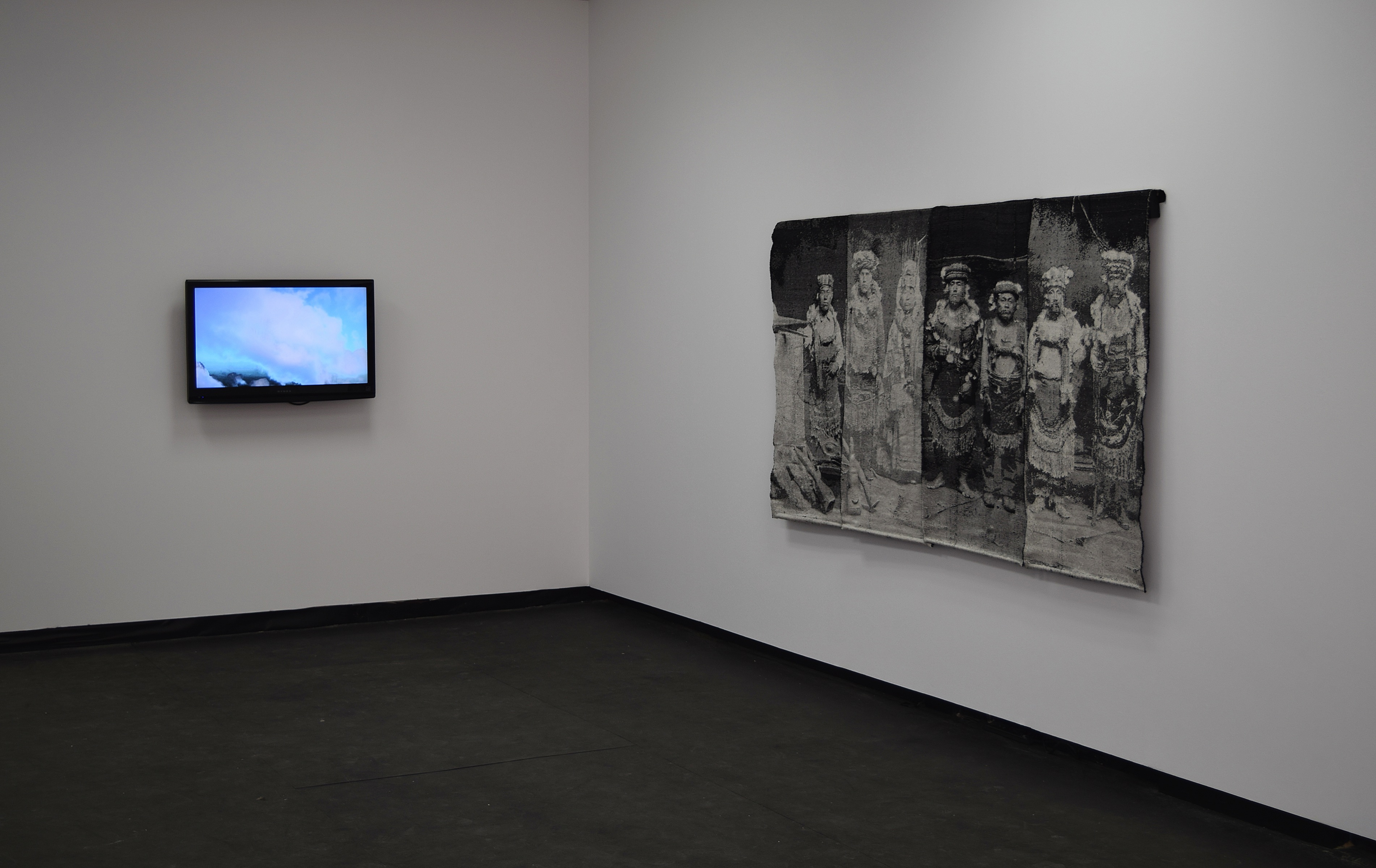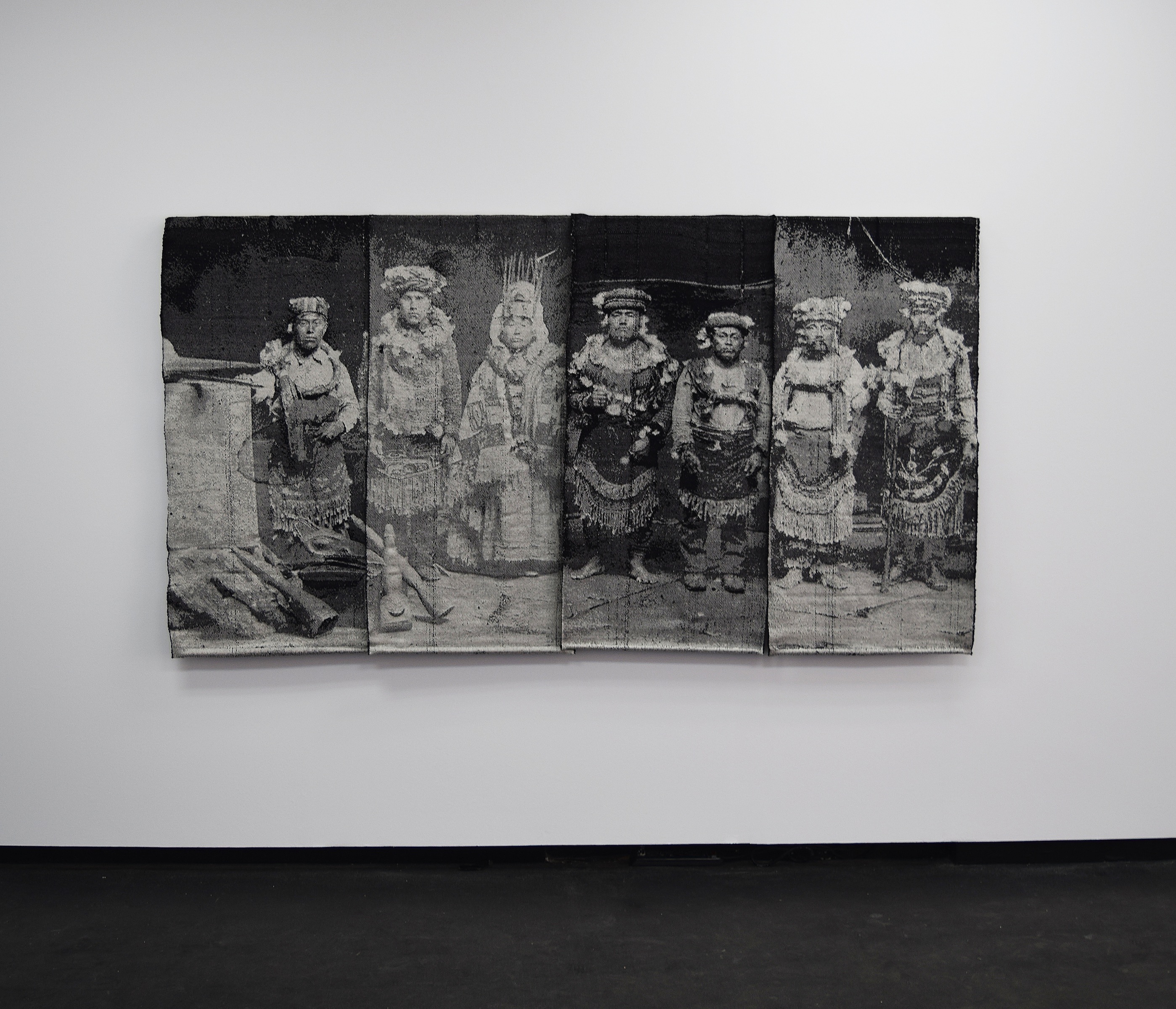MAINSPACE EXHIBITION /

Rip Rap
Krista Belle Stewart
April 10 to May 9, 2015
Essay: Rip Rap
The term “riprap” refers to the stacks of rubble that armour a shoreline from impending erosion or flooding. In the context of Krista Belle Stewart’s work, it acts as a metaphor for the archive: the precarious attempt at avoiding deterioration and disorder through preservation techniques and the authorial role of the collector that selects, edits and organizes a historical narrative. The stones that make up the riprap’s barrier, like the archive, work to preserve a particular history. The path of a waterway is prevented from veering into another direction, from cutting through the land, just as edited cuts have the ability to wipe out narratives and shape an alternative path with intention. The land is not without its own complex personal and political history, just as history itself cannot be thought of as separate from the land. In this sense, the concept of riprap as creating a barrier for natural – and at times unpredictable – forces figures into the vulnerable conditions of the archival process and methods of display.
“Rip” refers to the re-appropriation of works collected, just as the title itself, Rip Rap, is re-articulated through its division and application to a new set of parameters. Stewart’s material investigations begin with ripping from the archive to re-contextualize, re-work, re-present and display through a spatial proximity that negates linear narrative or sequential organization. “Rap” implies an ease of speech in addition to a quick blow, sharp criticism, or rhythmic resonance. In both rip and rap, narrative is made explicit and revealed through the juxtapositions that expose complexities of selection and subjectivity. The experiences that are presented here, either personal to Stewart or retrieved from the archive, are removed from their previous temporal occasions and given over to reinterpretation in their new temporal arrangement.
Stewart’s work contains diverse narratives attached to different times and places, contingent on their re-presentation in the gallery space. Activating the gap between past and present and bridging the space between locations, she questions collecting and display practices by larger institutions. Through this investigation of the site and the things and processes that construct history, Stewart exposes the politics of local ontologies and the ways in which those ontologies are connected to the land. The archive here, re-contextualized and reconfigured, becomes increasingly linked to the realm of lived and personal experience through displaying representations of representations and by assembling narratives that confuse both time and place.
The stability of a riprap is never certain. Layering, thickness, and the weight of construction are techniques continuously at the expense of environmental conditions. The signification of this ordering and stacking of rocks presents for the archive a methodological inquiry into how cultural wholes are constructed. Stewart’s work in unpacking the riprap as landscape technology points to that which it is positioned against, contiguous flows in material, time, and place.
–Karina Irvine




Krista Belle Stewart’s work engages the complexities of intention and interpretation made possible by archival material. Her work approaches mediation and storytelling to unfold the interplay between personal and institutional history. She is currently exhibiting Seraphine, Seraphine, a two-channel video installation at Mercer Union, Toronto (2015) in collaboration with the 28th Images Festival. Stewart’s recent exhibition Motion and Moment Always at the Contemporary Art Gallery, Vancouver (2015) marked the first solo exhibition of her work and the culmination of fall 2014 residencies at the Nisga’a Museum and Western Front comprising new works developed in Nisga’a and at her ancestral home in Douglas Lake, BC. She has exhibited in group shows including Where Does it Hurt?, Artspeak, Vancouver (2014),Music from the New Wilderness, Western Front, Vancouver (2014), and Fiction/Nonfiction, Esker Foundation, Calgary (2013). Stewart holds a BFA from Emily Carr University and is currently an MFA candidate at Bard College in New York. She is a member of the Upper Nicola Band of the Okanagan Nation, and lives and works in Vancouver and Brooklyn.
Karina Irvine is an emerging curator and freelance writer from Vancouver, BC. She is completing a Masters in Art History and Curatorial Studies at York University in Toronto. Her writing has appeared in Decoy, BlackFlash and C Magazine, where she was the recipient of the New Critics Competition in 2013.
